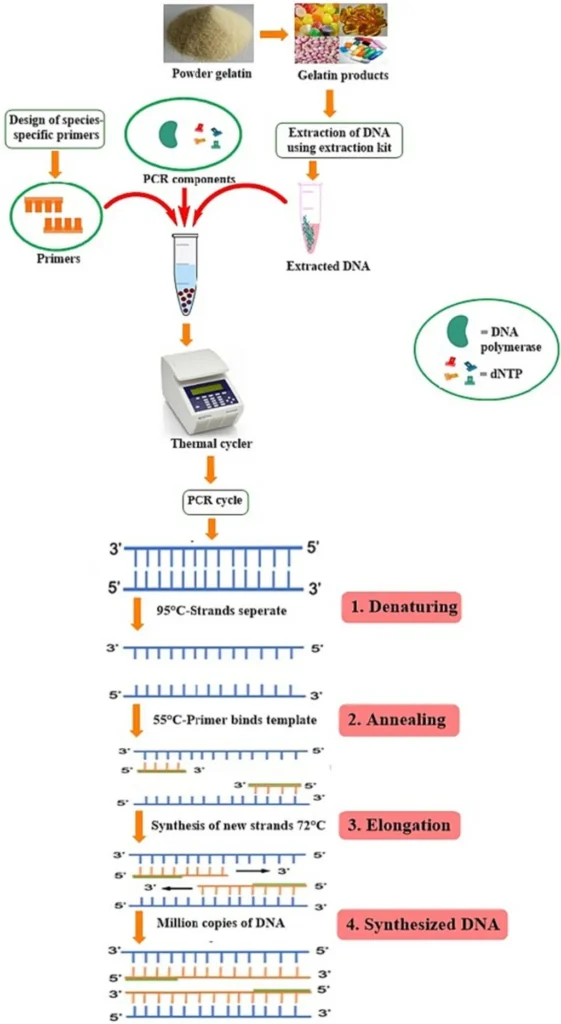In a groundbreaking development that could reshape the food industry’s approach to gelatin sourcing and adulteration, researchers have successfully demonstrated a rapid and accurate method to discriminate between porcine and bovine gelatin. This innovation, published in the journal *Applied Food Research* (translated from Persian as “Research in Food Science”), leverages Raman microspectroscopy coupled with advanced chemometric techniques, offering a robust solution to a longstanding challenge in food authenticity.
The study, led by Muhammad Usman from the School of Food and Agricultural Sciences at the University of Management and Technology in Lahore, Pakistan, addresses a critical concern for both consumers and manufacturers. Gelatin, a colorless protein-derived product extracted from the skin and bones of animals, is widely used in food products. However, the source of gelatin—whether porcine (pig) or bovine (cow)—can significantly impact its acceptability among consumers, particularly those with religious or dietary restrictions.
“Consumers are increasingly demanding transparency in food labeling, and this method provides a reliable way to ensure that gelatin products are accurately labeled,” Usman explained. The research focuses on the application of Raman microspectroscopy, a technique that uses laser light to interact with molecular vibrations in a sample, generating a unique spectral fingerprint. By coupling this with chemometric techniques like Principal Component Analysis (PCA) and Partial Least Squares Regression (PLSR), the researchers were able to differentiate between pure bovine gelatin and samples adulterated with varying levels of porcine gelatin.
The results were striking. All samples were accurately classified according to their origins, and even low levels of adulteration—such as 25%, 50%, and 75% porcine gelatin—were successfully identified. The PLSR model demonstrated an impressive R2 value of 0.99, indicating a high degree of predictive accuracy, with a low standard error of 0.98.
The implications of this research are far-reaching. For the food industry, this method offers a rapid and non-destructive way to verify the authenticity of gelatin products, ensuring compliance with labeling regulations and consumer trust. “This technology could revolutionize quality control processes in the food industry, providing a cost-effective and efficient way to detect adulteration,” Usman added.
Beyond the immediate applications, this research highlights the potential of advanced spectroscopic techniques coupled with chemometrics in food authentication. As consumer demand for transparency and traceability continues to grow, such methods could become standard in ensuring food safety and integrity.
The study, published in *Applied Food Research*, represents a significant step forward in the field of food science and technology. By providing a reliable method to discriminate between porcine and bovine gelatin, it addresses a critical need in the industry and paves the way for further advancements in food authentication. As the food industry continues to evolve, this research offers a promising tool to meet the challenges of ensuring product authenticity and consumer trust.

